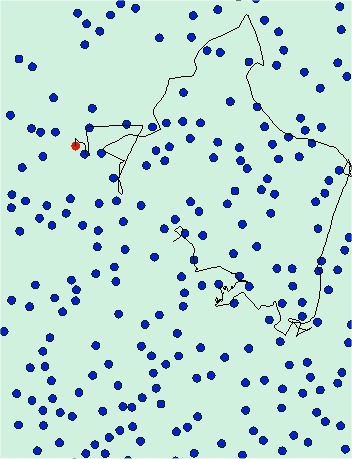In one of his celebrated 1905 papers, Albert Einstein proposed for the first time a statistical interpretation of Robert Brown’s innocent observation based on the corpuscular constitution of matter. His theory stated that the long-time motion of a Brownian particle is diffusive whereas the probability distribution of the particle displacement is Gaussian. For more than one hundred years these predictions were systematically validated on real systems and the coexistence between Diffusivity and Gaussianity became a paradigm. However, recent experiments on mesoscopic particle systems have claimed the existence of a time regime where diffusion is not accompanied by a purely Gaussian distribution of displacements. In this talk I will discuss these recent observations as well as those minimal stochastic models proposed to rationalize the new intriguing experimental phenomenology. Using molecular dynamics simulations I will further discuss the emergence of the hypothetical diffusive yet non-Gaussian regime in glass- and gel-forming liquids. I will conclude my talk by exploring the connection between non-Gaussian dynamics and system topology.
Conferenciante: Sándalo Roldán-Vargas. Max Planck Institute for the Physics of Complex Systems.
Fecha/Hora: Jueves 8 de Noviembre, 12:00h.
Lugar: Aula de Informática (F6). Departamento de Física de la Materia. Facultad de Ciencias.

